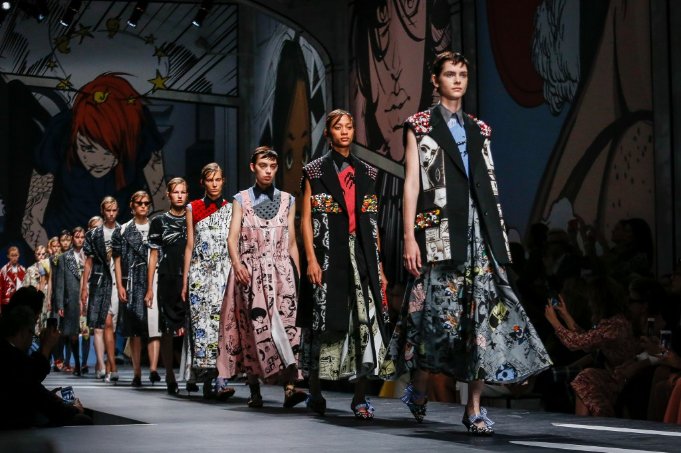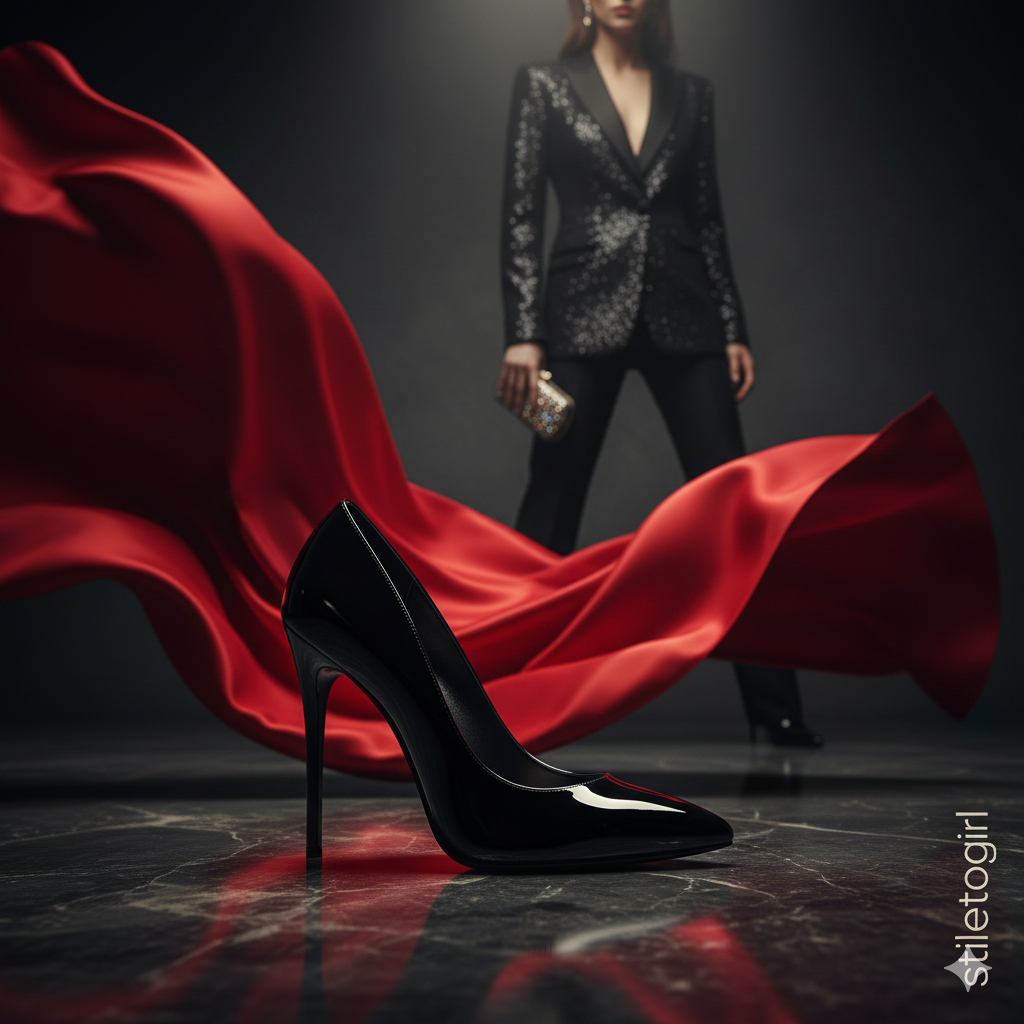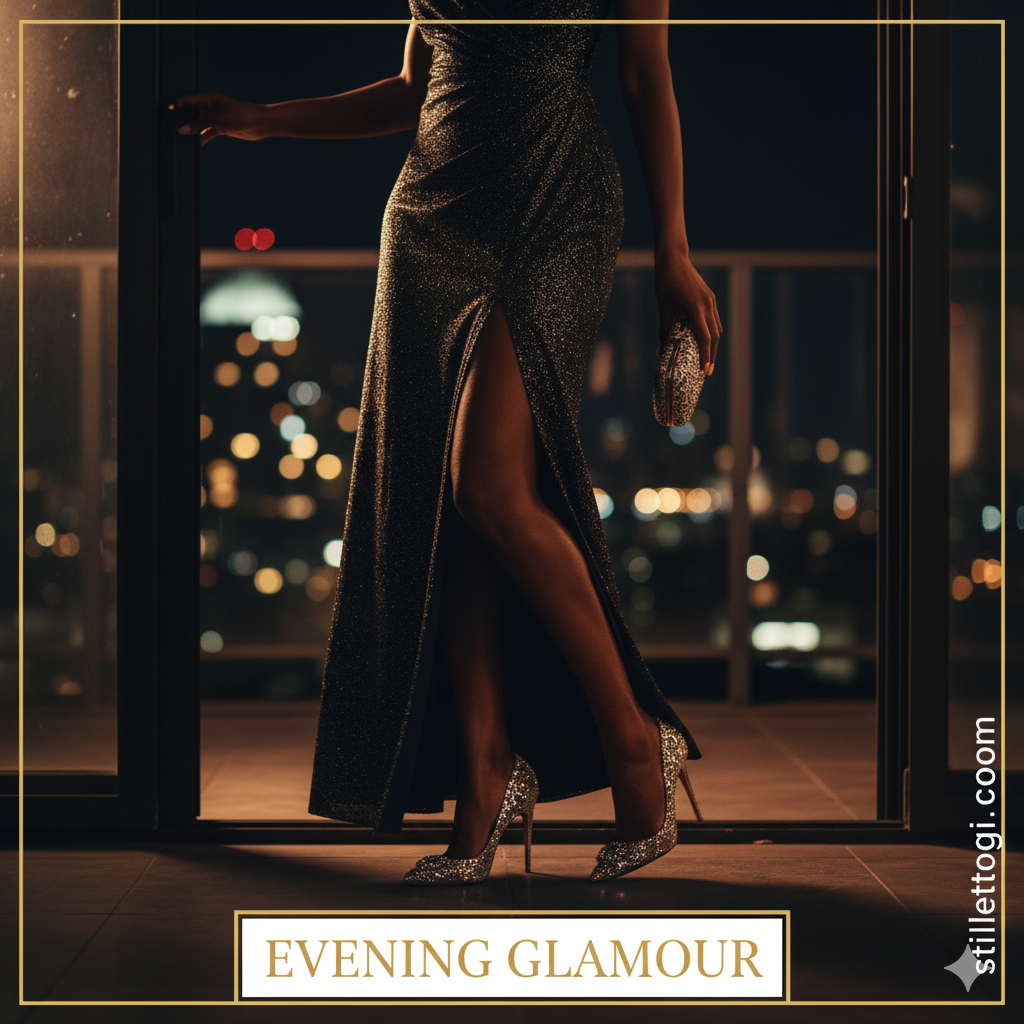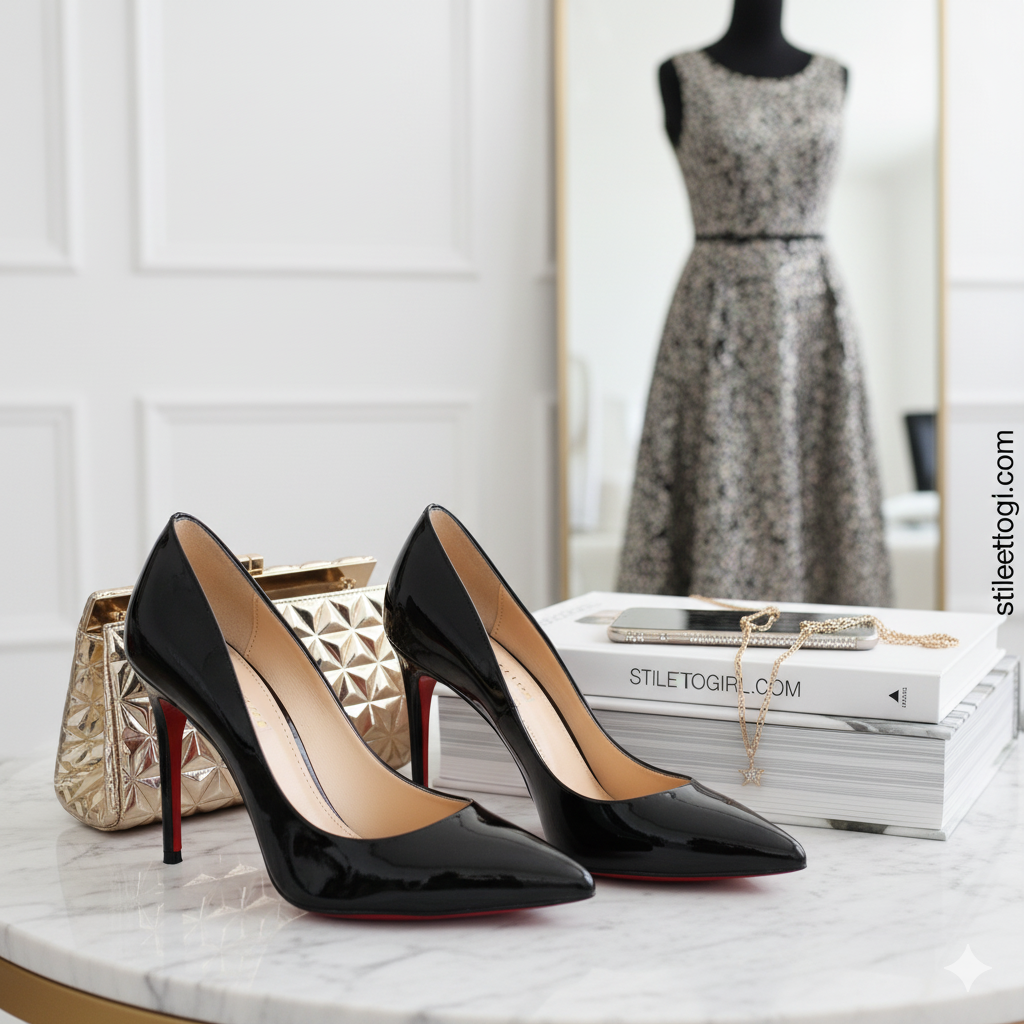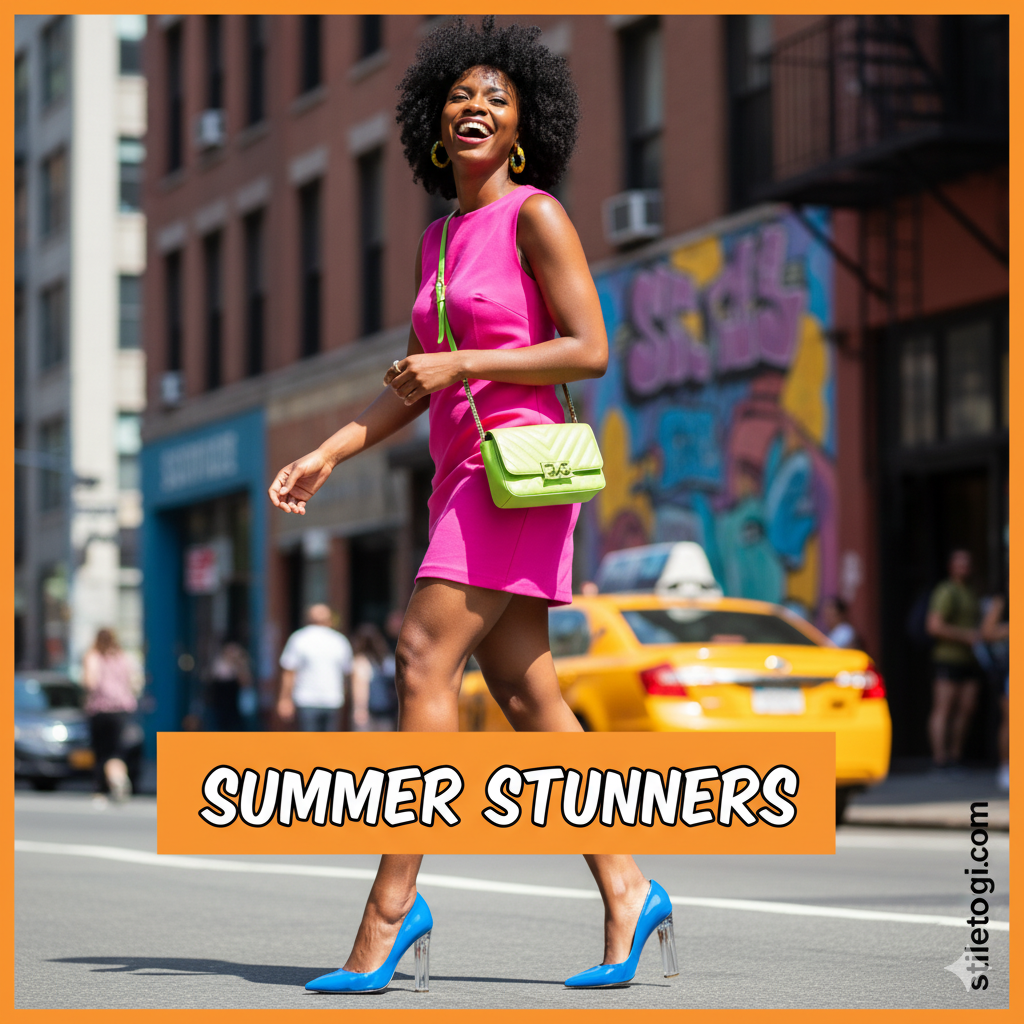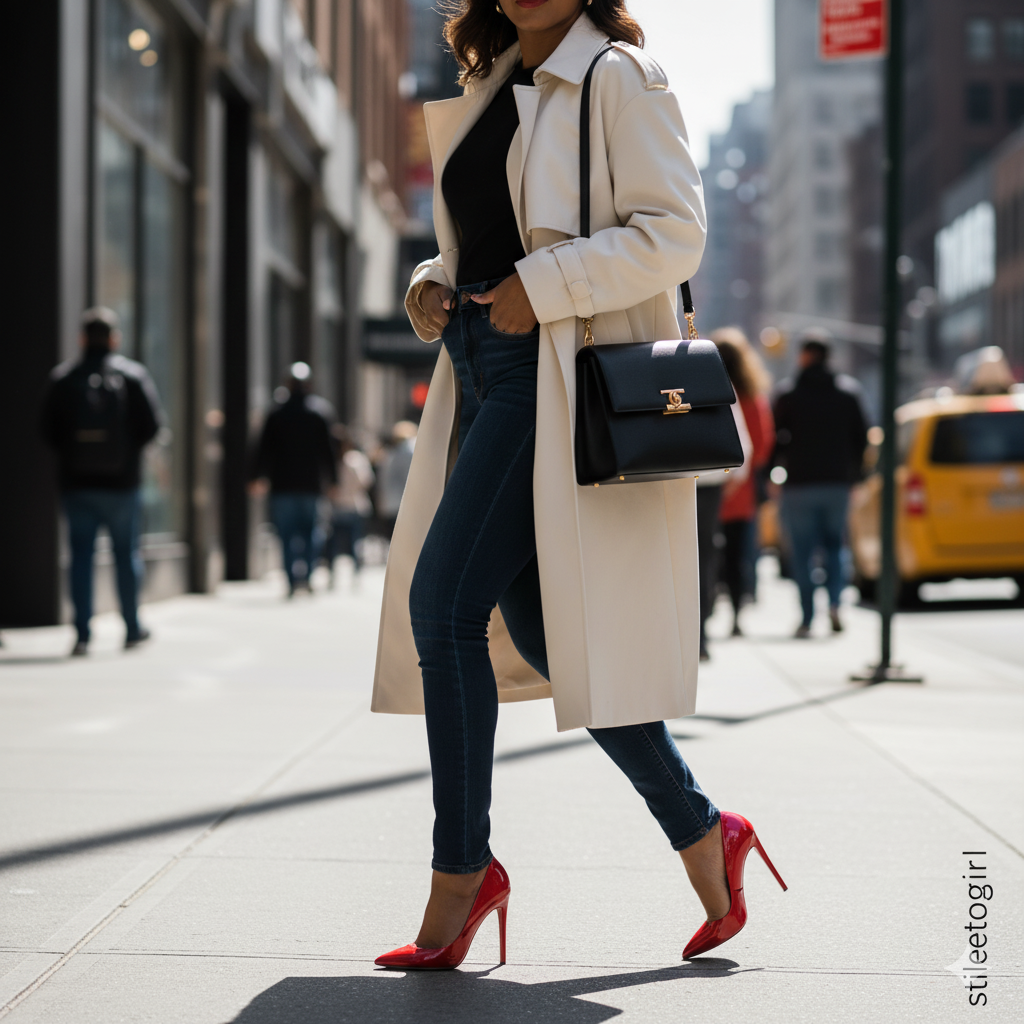
The Art of Everyday Fashion: Style That Speaks Without Words
Fashion is no longer just about following trends—it is a language, a form of self-expression that communicates personality, mood, and individuality without saying a single word. Every outfit tells a story, whether it’s a casual day at work, a weekend brunch, or a night out on the town. Modern fashion embraces creativity, comfort, and inclusivity, allowing people to craft looks that are uniquely their own.
Photo suggestion: A candid street-style shot of a person walking with confidence in an effortlessly chic outfit.
Fashion as an Extension of Personality
The way we dress reflects who we are. Fashion allows people to express confidence, creativity, and emotion through clothing. Whether through bold color choices, unique patterns, or striking silhouettes, every outfit can communicate a personal narrative.
From understated minimalism to flamboyant statement pieces, fashion provides the tools to explore identity and individuality. It allows wearers to craft a personal style language that is authentic and evolving.
Photo suggestion: Close-up of layered textures—leather jacket over knit sweater with accessories like rings and scarves.
Mixing Comfort with Style
One of the hallmarks of modern fashion is the seamless blend of comfort and style. Gone are the days when dressing well meant sacrificing ease. Today, oversized blazers paired with leggings, tailored trousers with sneakers, and flowing dresses with comfortable boots are celebrated as the perfect fusion of style and practicality.
This approach encourages experimentation with silhouettes and proportions. Mixing comfort-driven basics with structured, tailored pieces creates dynamic and versatile looks suitable for various occasions.
Photo suggestion: Model wearing an oversized blazer, cropped top, and relaxed-fit trousers in a city setting.
Patterns, Textures, and Layering
Layering and texture play a crucial role in modern fashion. Combining different fabrics like silk, denim, wool, or leather adds depth to outfits. Mixing patterns—stripes with florals, checks with abstract designs—demonstrates creativity and fearlessness in styling.
Layered outfits also provide flexibility, allowing individuals to adjust their clothing for different environments, weather, and social settings while maintaining a stylish edge.
Photo suggestion: Studio shot of a model wearing layered textures with patterns like plaid, stripes, and knits.
Statement Pieces That Transform Outfits
A single statement piece can elevate an entire outfit. Bold jackets, oversized bags, unique footwear, and eye-catching accessories draw attention and create memorable looks.
Statement fashion doesn’t need to be over-the-top. It can be as subtle as a brightly colored scarf, a textured belt, or an unusual handbag. These pieces highlight personality and provide a focal point for any ensemble.
Photo suggestion: Close-up of a vibrant statement coat or designer shoes on a street background.
Minimalism in Fashion
Minimalist fashion emphasizes clean lines, neutral colors, and timeless designs. It focuses on quality, fit, and subtle elegance. Minimalist outfits rely on simplicity and precision, creating a polished and sophisticated look without excessive embellishment.
This trend promotes sustainable fashion by encouraging investment in fewer, higher-quality pieces that last longer and transcend fleeting trends.
Photo suggestion: Monochrome outfit in black or beige, shot in a modern architectural setting.
Seasonal Fashion Trends
Fashion is constantly evolving, with each season bringing new inspiration. Spring often highlights pastels and lightweight fabrics, summer favors bright colors and breathable textiles, autumn embraces layers and earthy tones, and winter emphasizes coats, knits, and warm accessories.
Following seasonal trends allows individuals to refresh their wardrobe regularly, but true style comes from adapting trends to personal taste rather than blindly following them.
Photo suggestion: Outdoor shot with models wearing seasonal outfits—coats, scarves, or flowy summer dresses depending on the season.
Inclusivity and Representation
Fashion has grown to become more inclusive than ever. Designers and brands now prioritize diversity in size, ethnicity, gender, and age, reflecting real-world communities. Campaigns featuring models of all shapes, colors, and abilities promote a message of empowerment and self-acceptance.
Inclusivity ensures that fashion is accessible to all, allowing everyone to feel confident, stylish, and represented. Extended sizing, adaptive clothing, and diverse marketing reinforce the idea that fashion is for everyone.
Photo suggestion: Group of models of varying sizes and ethnicities wearing coordinated outfits in a studio.
Accessorizing for Impact
Accessories are transformative tools in fashion. Jewelry, hats, bags, belts, and shoes allow wearers to personalize their outfits. Mixing metals, layering necklaces, or adding a pop of color through accessories can completely change the vibe of an ensemble.
The right accessory doesn’t just complete an outfit—it elevates it, turning ordinary pieces into extraordinary looks.
Photo suggestion: Flat-lay of accessories arranged creatively with clothing items—bracelets, scarves, and handbags.
The Power of Footwear
Shoes are central to modern fashion. From minimalist sneakers to bold statement heels, footwear defines style and sets the tone of an outfit. Comfort and design now go hand-in-hand, allowing for both aesthetic appeal and practicality.
Footwear trends like platform sneakers, classic loafers, or pointed boots show how shoes can anchor an outfit and convey personality.
Photo suggestion: Street-level photo of stylish shoes paired with cropped pants or dresses.
Fashion and Social Media
Social media has revolutionized fashion, giving individuals the power to showcase their style globally. Platforms like Instagram and TikTok allow users to share outfits, discover trends, and engage with fashion communities instantly.
This democratization of fashion encourages experimentation and creativity, inspiring millions to explore new ways of self-expression. Influencers and fashion enthusiasts alike shape trends while maintaining personal authenticity.
Photo suggestion: Lifestyle photo collage of influencers wearing diverse, eye-catching outfits.
Everyday Fashion as a Lifestyle
Fashion is no longer confined to events or runways; it’s an integral part of daily life. The clothes we choose affect how we feel, interact, and express ourselves. Whether commuting, working, socializing, or relaxing, clothing has the power to enhance confidence, mood, and identity.
Modern fashion emphasizes versatility, sustainability, and comfort, allowing wearers to seamlessly transition between professional, casual, and leisure settings without sacrificing style.
Photo suggestion: Urban lifestyle shot of a model wearing a versatile outfit for work and casual settings.
Conclusion
Fashion is a dynamic blend of creativity, self-expression, and practicality. It empowers individuals to communicate personality, mood, and values through clothing. Modern style embraces inclusivity, innovation, and versatility, allowing people of all backgrounds to explore their unique aesthetic confidently.
From statement pieces to minimalist staples, layered textures to bold patterns, accessories to footwear, fashion today is a celebration of individuality. Every outfit tells a story, and through thoughtful styling, anyone can transform clothing into a personal narrative of confidence and identity.
Photo suggestion: Final collage showing multiple fashion looks—streetwear, minimalist, statement, casual, and formal—highlighting diversity and creativity.


